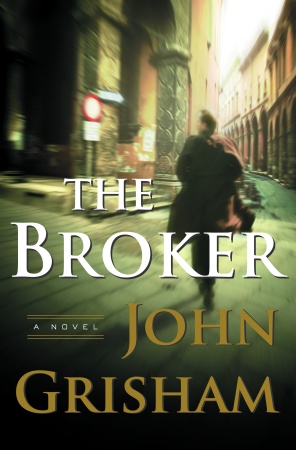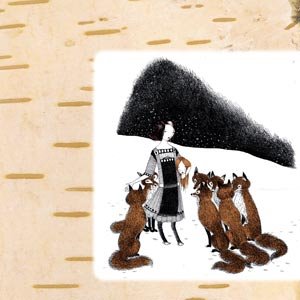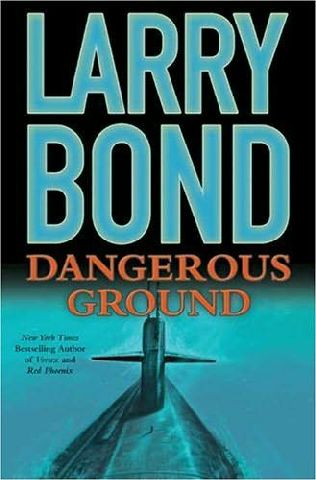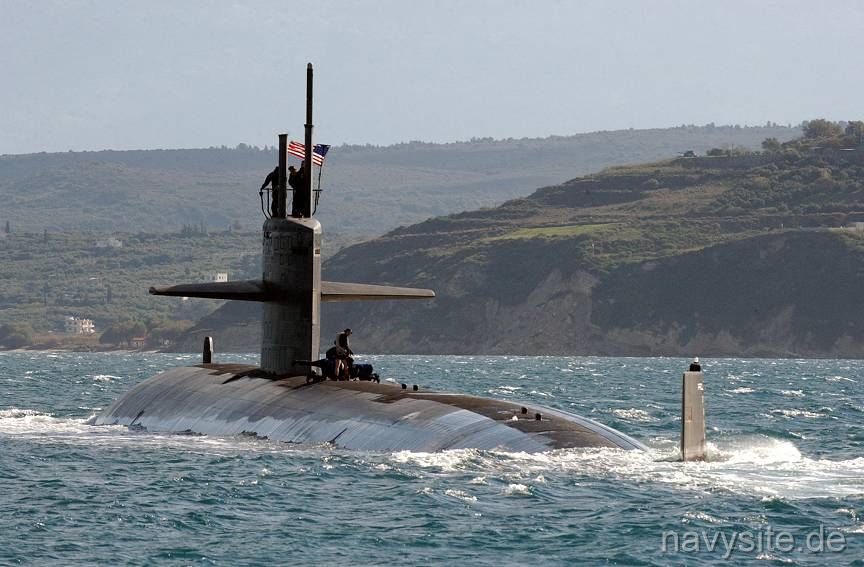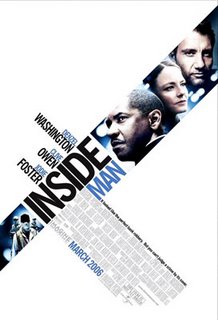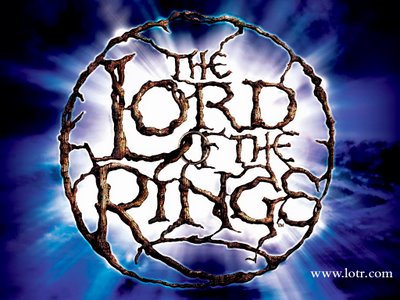
People throughout the world have adored The Lord of the Rings ever since J. R. R. Tolkien's fantasy epic trilogy was first published over half a century ago. The popularity of the story about a hobbit named Frodo Baggins and his quest to rid Middle Earth of the One Ring expanded even further when Peter Jackson's enormously successful film adaptation came out in three installments earlier in this decade. Now The Lord of the Rings has been produced for the stage, premiering at Toronto's Princess of Wales Theatre in March. The creators of the theatrical production faced multiple obstacles, the most obvious being how to present all the essential elements of the plot in a reasonable amount of time and how to visualize the story's more fantastic aspects in a live stage setting. Neither of these challenges would be simple to conquer, and the potential for the play to turn into an expensive disaster certainly existed. Thankfully, while the stage adaptation isn't perfect, it does succeed more often than it fails, and as a whole it is an entertaining and enjoyable experience.
The script writer Shaun McKenna did as well as could reasonably be expected in maintaining a coherent plot despite many abbreviations. Yes the play runs over three hours in three acts, and all the essential elements and almost all of the relevant characters of Tolkien's original story make it into the play. Faramir and Éomer are missing, and Wormtongue is merged with the Bree scoundrel Bill Ferny. Tom Bombadil, just as in the movies, was seen as too much of a diversion from the main story to include in the play, although he at least gets a mention from Gandalf. The Shire does get scoured this time around, happily, even if in a somewhat abbreviated form. Only when the scenes at Bree and Weathertop get blended together does the story line get confusing. Also, a few of the lesser characters that are included are not well enough defined. For example, neither Éowyn nor Théoden received enough dialog to clarify their roles in the story to anybody who might not already know them. It's also never made clear who the Black Riders really are. These are minor points, however, as Frodo's journey is laid out for the audience in ample detail, and his struggles in the aftermath of his quest's successful completion are actually presented better here than in the film version of The Return of the King.
Given the play's large budget, the producers of The Lord of the Rings banked on the play being made or broken largely by the impact of the visual effects. As was true with the script, the play mostly but not completely succeeds in this regard. Rob Howell's breathtaking sets effectively transport the audience into Middle Earth, and the many revolving and moveable layers and platforms on the stage convey a clear sense of distance and elevation. The performers playing the ents had to walk on very high stilts, but pulled it off in a convincing fashion. The orcs used springy stilts below their legs and walking aids as appendages on their arms; these enabled the actors to engage in all sorts of acrobatics across the stage during the fight sequences. A few critics dismissed the fight and pursuit sequences as too much wandering around in the dark, but I honestly felt that that they concisely and clearly portrayed the action of several of the books' more important chapters. The visual highlight of the show, though, was the phenomenal puppetry that animated the Black Riders' horses and the giant spider Shelob, making them every bit as terrifying as Tolkien had originally intended. Unfortunately, the visuals tended to fail in the play's climactic moments. The rushing waters of the ford at Rivendell just weren't all that convincing. After watching the Moria scene close out the first act, I couldn't help thinking that it would have been more dramatic to leave the balrog unvisualized. Gandalf at Moria and Gollum at Mount Doom are essentially swallowed up by the moving layers of the stage; allowing gravity to do a little bit of work instead in those two scenes would have been much simpler and infinitely clearer.
The cast of actors included James Loye as Frodo, Peter Howe as Sam, Brent Carver as Gandalf, and Evan Buliung as Aragorn. Everybody handled their roles reasonably well; none of them distinguished themselves, but nobody brought the show down with them either. The biggest ovation was reserved for Michael Therriault as Gollum. While he gave a solid performance, he didn't really add anything to the character beyond what Andy Serkis did in the movie series.
The theatrical version of The Lord of the Rings distinguishes itself the most from previous adaptations of the story in its use of music. Tolkien included many songs in the text of his books, and the play incorporates several of Tolkien's pieces. Bilbo and Frodo sing about the road going ever, ever on, Gimli sings about Moria, and Frodo and the other hobbits do a rousing version of Tolkien's take on "Hey Diddle Diddle" in The Prancing Pony. In this sense, the play captures an important part of the spirit of Tolkien's work better than the movies did. Most of the music in the play, created by Indian composer A. R. Rahman and the Finnish band Värttinä, serves as background for the different scenes. While many of the pieces were given more showy arrangements, for better or worse, the music incorporated a lot of world music elements as well. The Black Riders theme included an eerie hint of Tuvan throat singing; this worked so well that it ought to have been incorporated into more scenes beyond the first act. Predictably, given the connection between the elvish language and Finnish, the music at Lothlórien and Rivendell bears a strong Nordic stamp. Lothlórien is introduced with a bit of kulning, or very high-pitched female vocalizations developed by Swedish cattle herders, and Galadriel sings in a form of traditional Finnish lilting. The musical highlight of the show comes when the Fellowship is established at the Council of Elrond, with a song featuring soaring vocal harmonies in Värttinä's trademark style.
The creators of The Lord of the Rings took on a very difficult task and produced a worthwhile adaptation of Tolkien's great work. They could have easily settled for a sanitized, commercialized version of the story, or even simply parroted what was done in the movies, but they deserve much credit for taking their share of chances with the production. A couple of things could have been done better, but I found the experience very pleasing to both the eyes and the ears. Fans of the books will find the play to be worth the trip, and at least some Tolkien novices (the group of people sitting to my immediate left had never read the books or seen the films) will be lured in by the story, the fantasy, the visuals, and the songs.
Overall Grade: B+
Reprinted with permission from The Green Man Review
Copyright 2006 The Green Man Review



